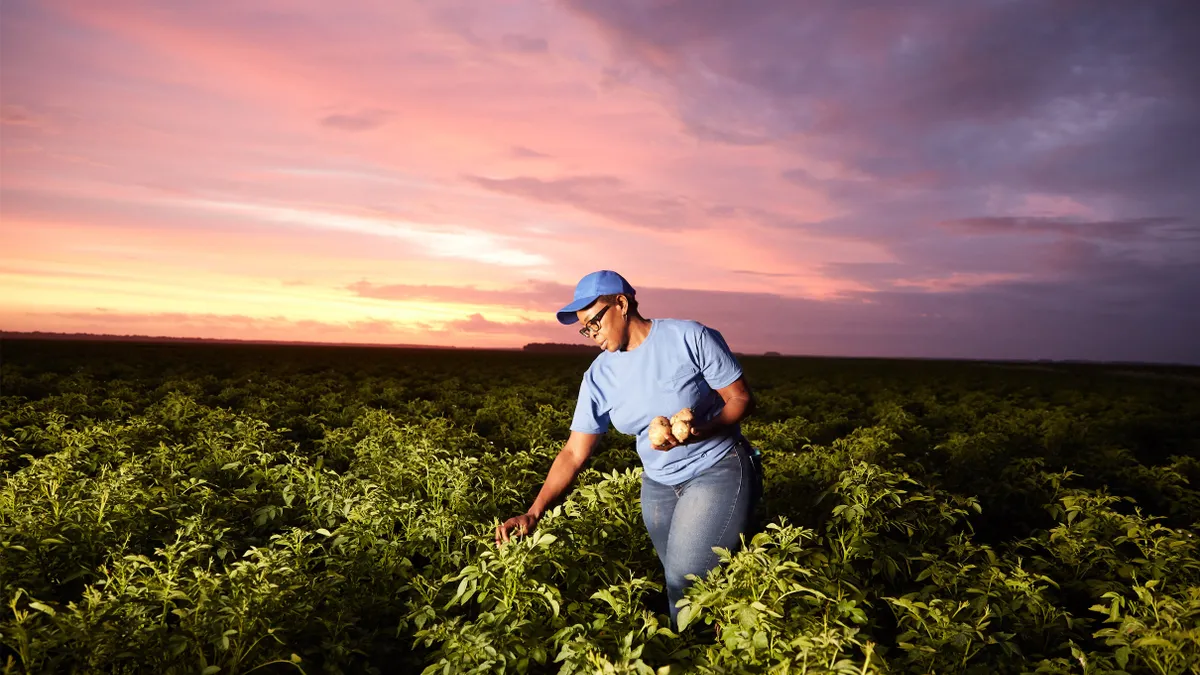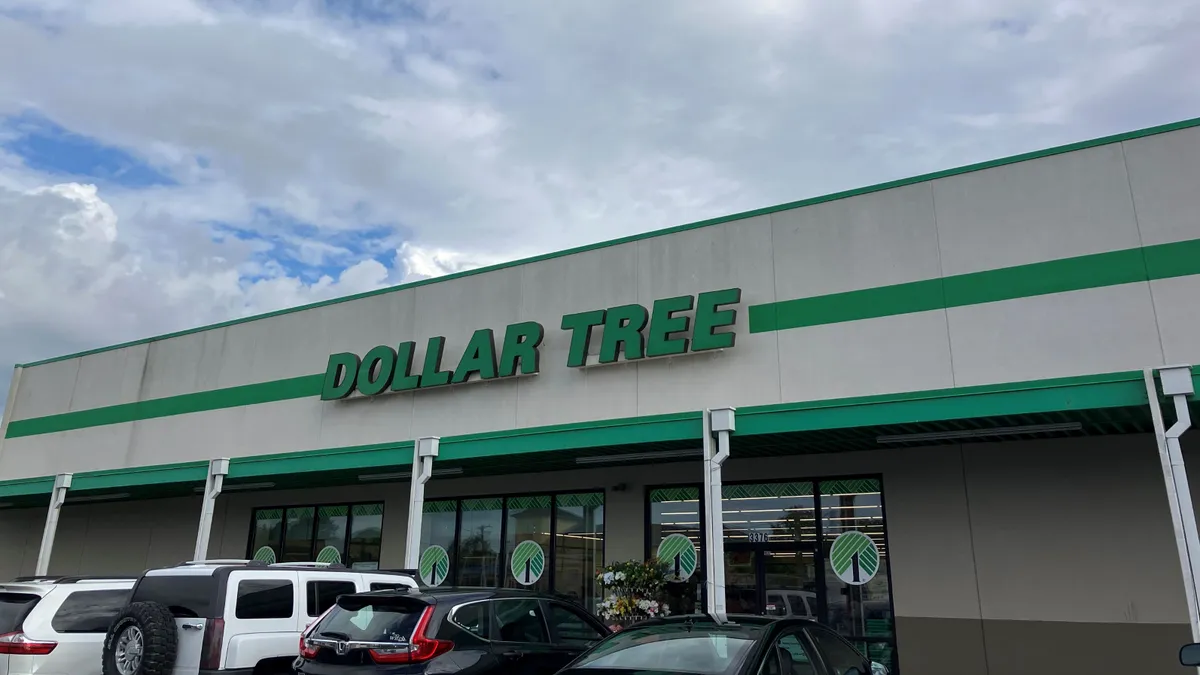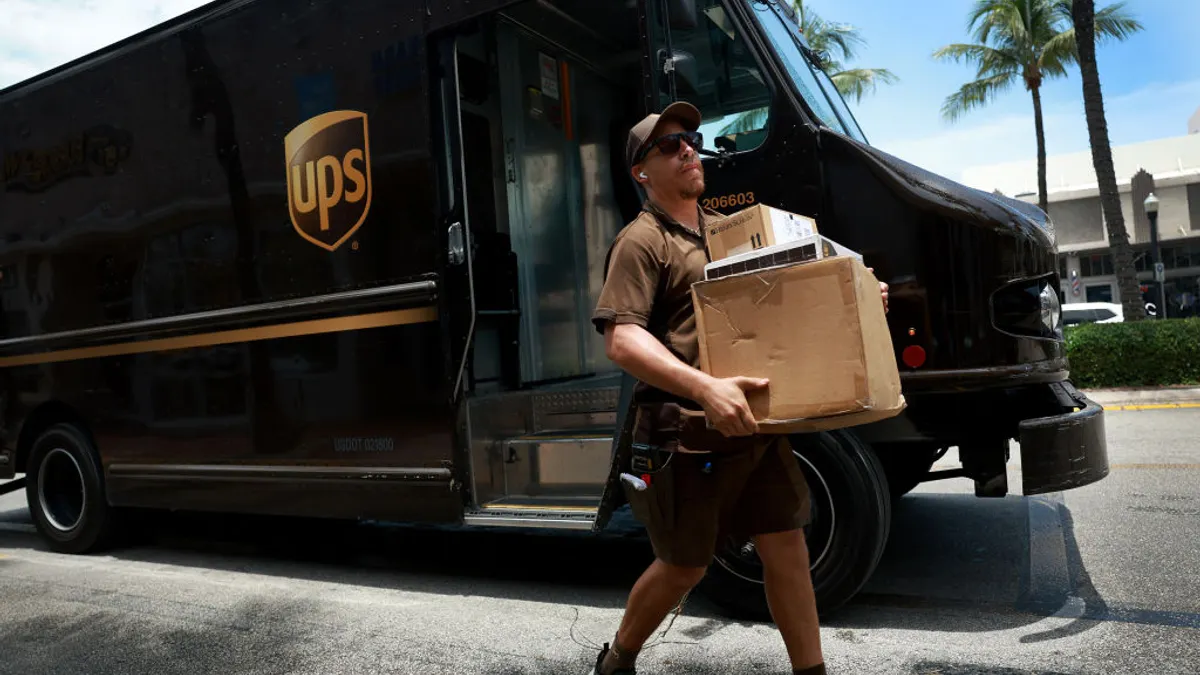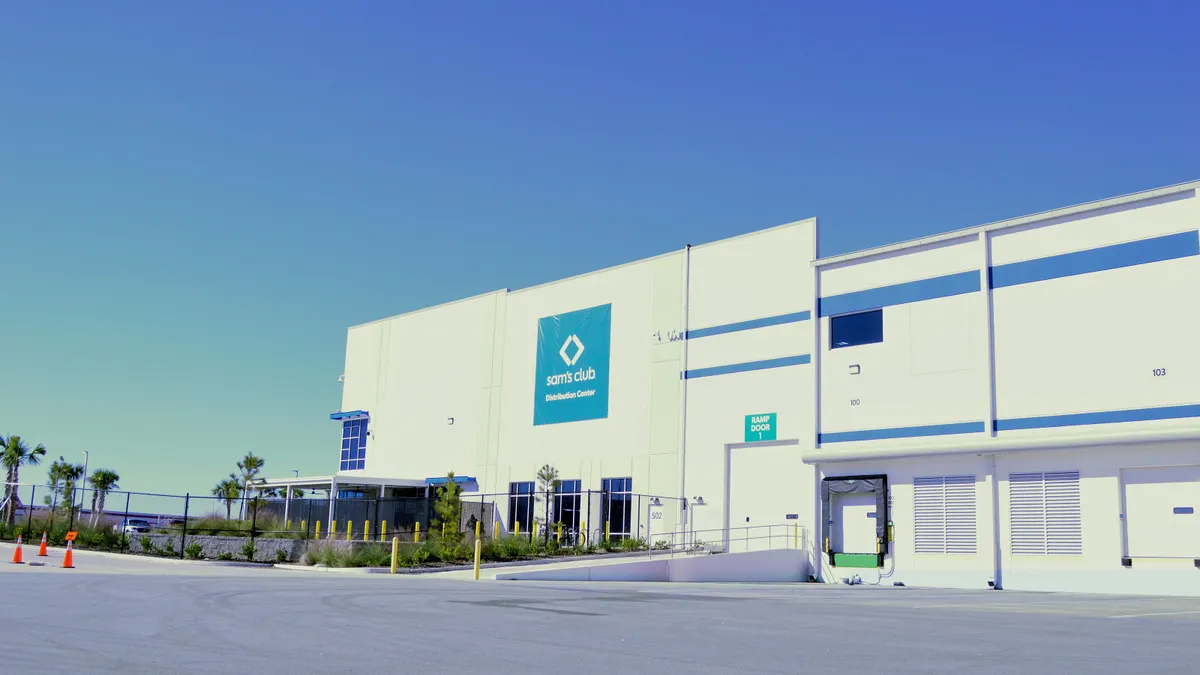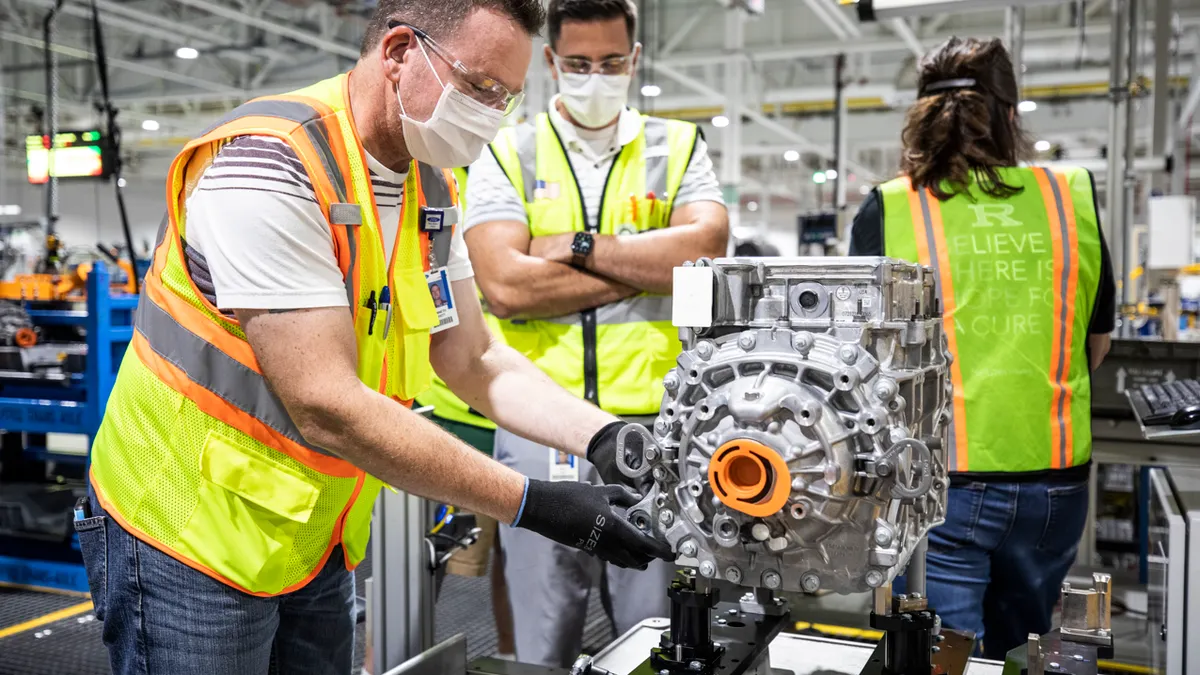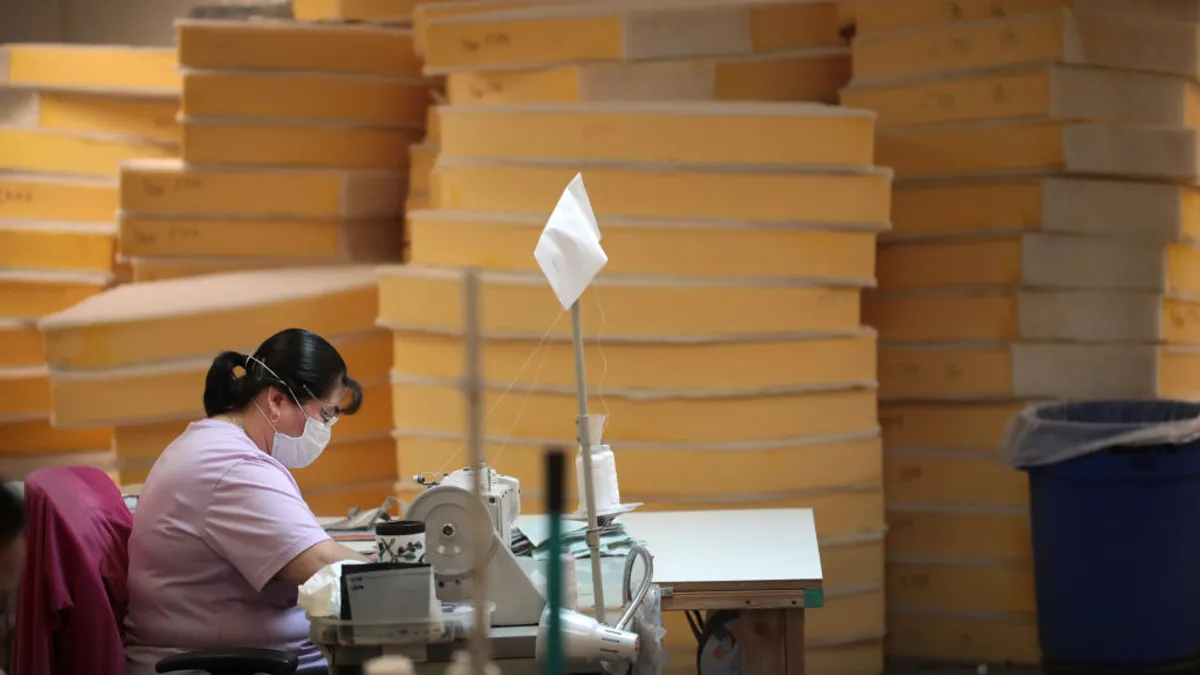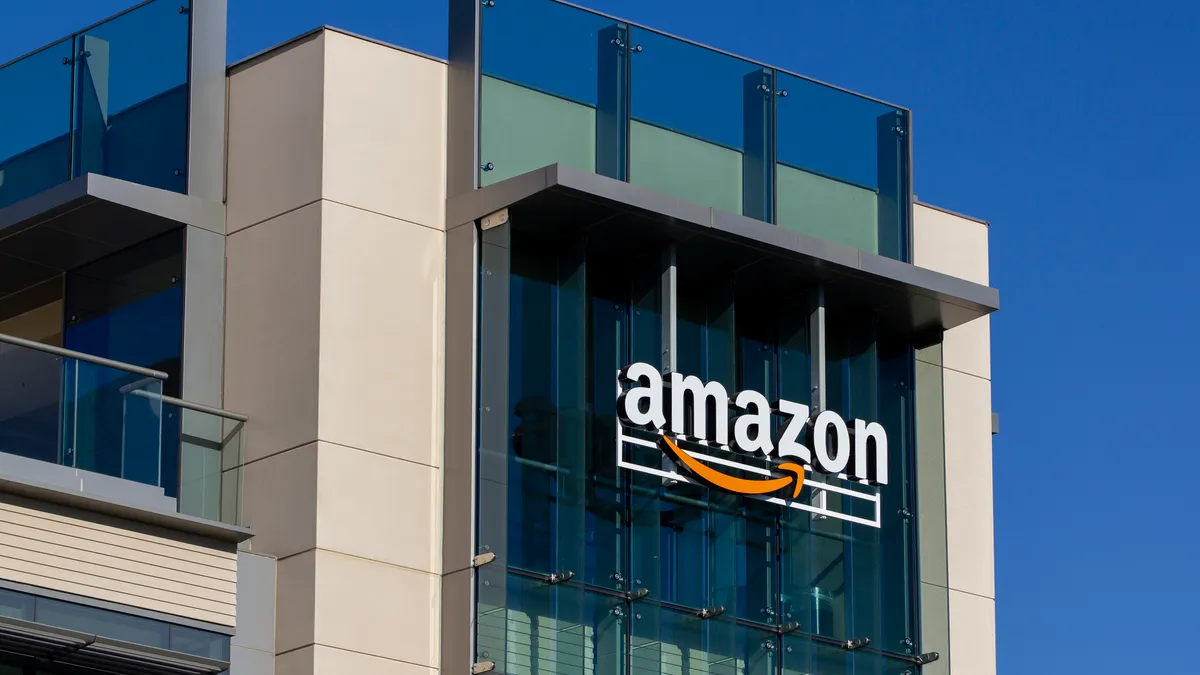Editor’s note: This story is part of an ongoing series diving into the opportunities and challenges supply chains face in 2023. Read the rest of the series here.
Ahead of the United Nations’ COP27 climate conference last fall, beverage giant Coca-Cola was announced as a sponsor. Immediate backlash ensued.
Sustainability activists accused the UN of greenwashing by inviting a company responsible for large amounts of plastic pollution, which is accountable for 3.4% of global emissions according to the Organization for Economic Co-operation and Development (OECD). A petition signed by 240,000 people was created, requesting that Coca-Cola be removed as a sponsor, which ultimately did not occur.
In an open letter, at least 60 public health groups called for an end to “corporate capture” from polluting companies in climate talks. Coca-Cola told PBS its participation underscored the company’s commitment to lowering its emissions.
The petition and the attention it received brought the deep rift between advocates warning of impending climate collapse and the food sector into sharp focus.
In response to increased pressure from sustainability advocates and consumers, food and beverage companies have laid out plans to lower the greenhouse gas emissions emanating from their supply chains over the next decade. But whether the companies can make real progress is a major question, according to experts.
Some companies, like Mars, signaled their commitment by saying they would tie executive pay to meeting emissions goals. Three major CPGs — Mars, PepsiCo and Nestlé — each told Food Dive they are on track to reach their own lowered emission goals and aim to make substantial progress toward them in 2023.
While some experts view CPG efforts thus far as a step in the right direction, they are skeptical that the industry will be able to reach their time-based goals in the coming years. This will likely fuel even greater pressure from activists, who lay a large share of the blame for the climate crisis at the foot of food and beverage makers. The food industry is responsible for a third of global greenhouse gas emissions, according to the United Nations.
Sustainability advocacy group Food & Water Watch’s policy director Jim Walsh said the industry’s current efforts will not drive meaningful results on curbing emissions. “This is big agriculture really engaging in a marketing campaign to greenwash a destructive global food system.”
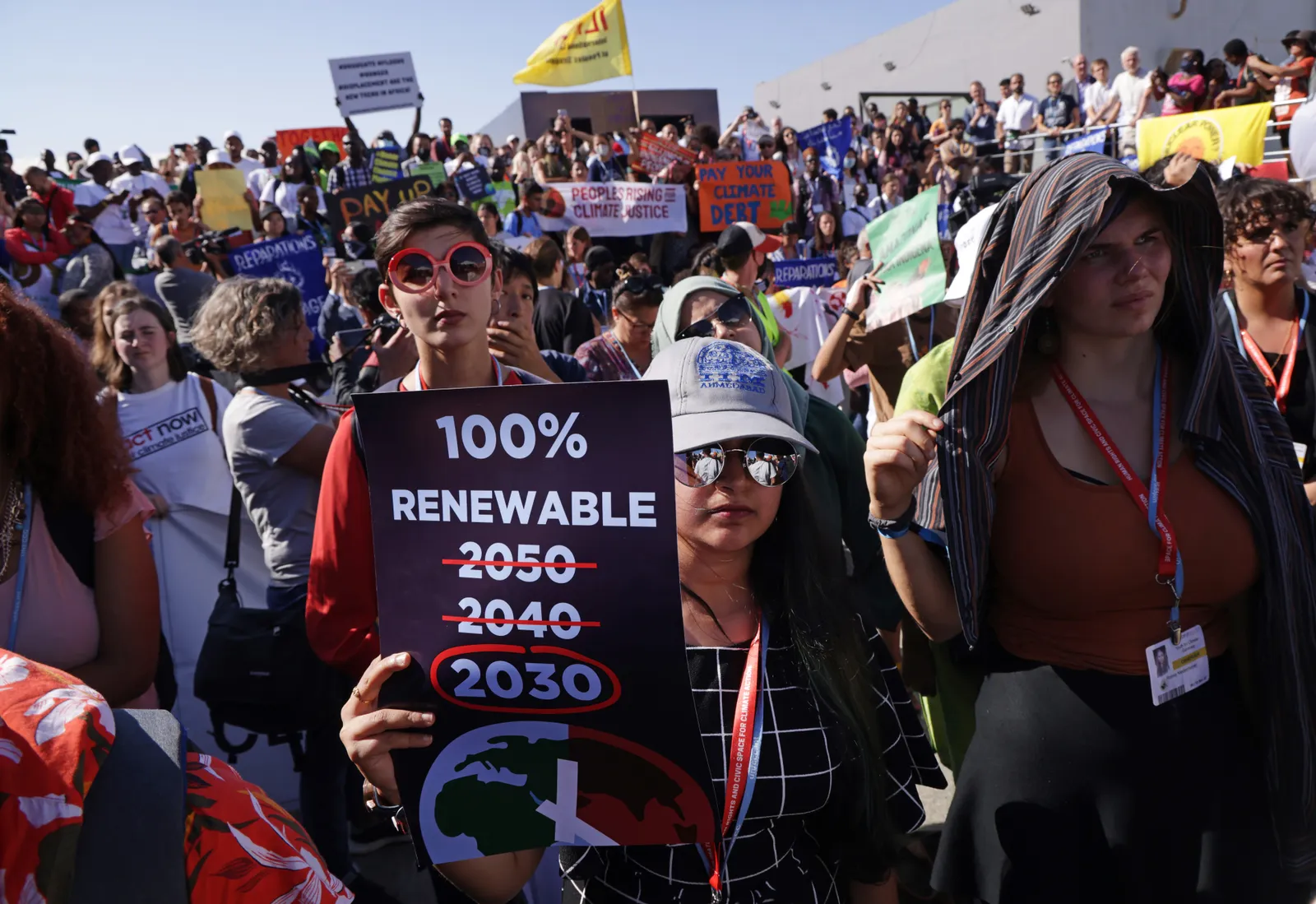
CPGs aim to sequester carbon
At least 110 different countries have agreed to achieve net zero emissions — which would mean achieving an equal balance of emissions produced and taken out of the atmosphere — by 2050, according to emissions measurement company Net0. This will require a massive overhaul of how countries, businesses, and consumers approach food production and consumption.
Marketing, as well as new product creation, have become an important piece to how CPGs go about communicating their carbon reduction ambitions to the consumer. Some brands — both legacy products such as Bud Light and new entrants to the market such as Neutral Milk — have launched carbon-neutral products, which they claim compensate for all of the greenhouse gasses emitted during production. This typically involves the company purchasing carbon credits or investing in carbon offsetting projects, such as replanting trees in areas hit by deforestation.
Reliance on carbon offset credits could prove to be an unsuccessful measure and call their credibility into question, said Shon Hiatt, an associate professor at University of Southern California’s Marshall School of Business.
“I think they’re going to set themselves up for some reputational threats, because people can say it’s greenwashing,” Hiatt said. “It’s not well regulated, so there’s a higher risk.”
Companies also are embracing carbon “insetting” projects — such as restoring forests and agricultural land — which do not include the purchasing of carbon credits and are about “doing more good rather than doing less bad,” according to the World Economic Forum.
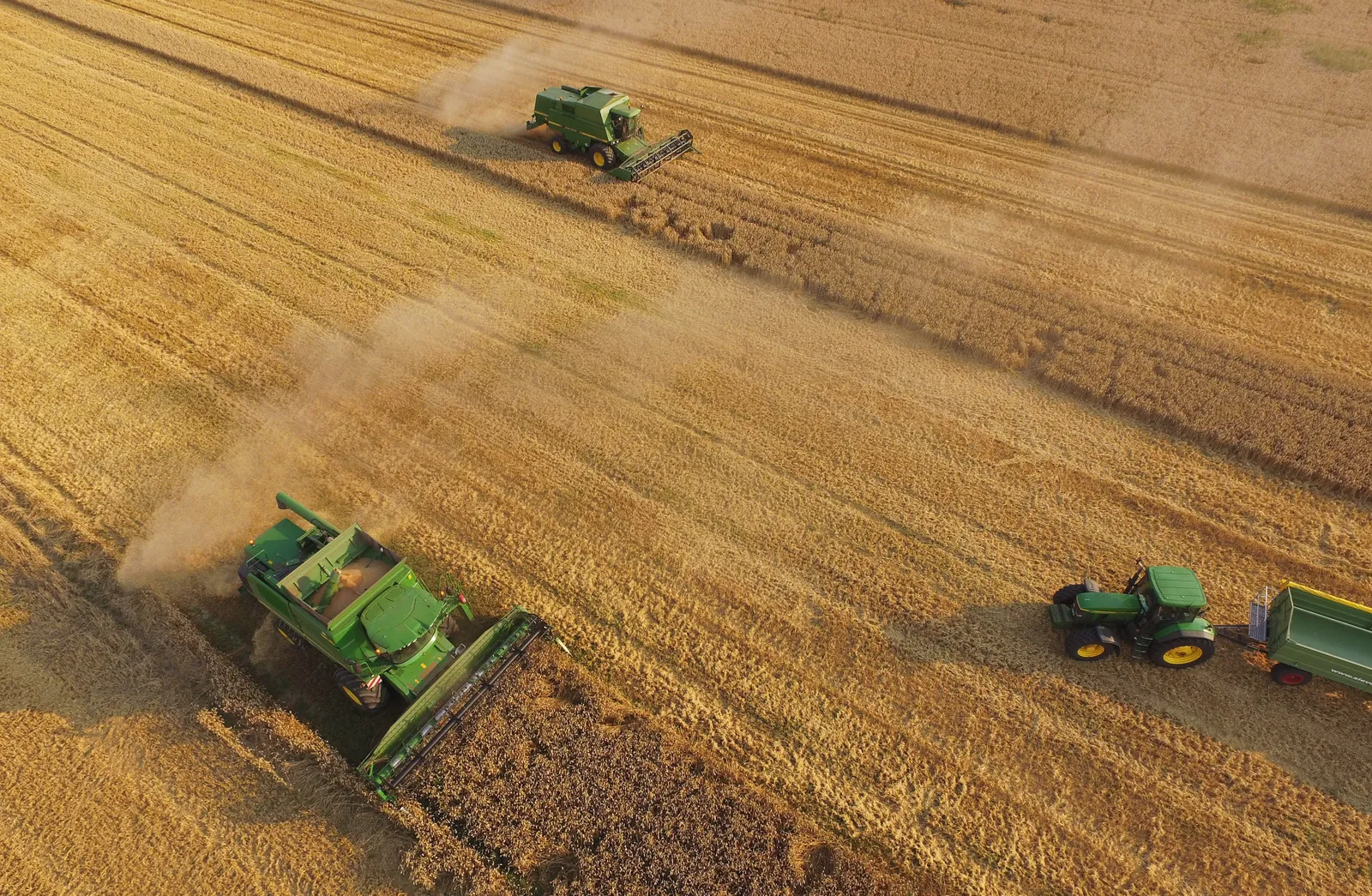
Seizing on regenerative agriculture
The industry differentiates between Scope 1 and 2 emissions — those that emanate from their own operations and facilities — and Scope 3 emissions, which result from indirect sources, such as those stemming from the producers they source from and transportation of products. Scope 3 emissions account for 90% of food companies’ emissions, according to sustainability nonprofit Ceres.
In most food companies’ emissions goals, “regenerative agriculture” takes center stage as a key solution. These practices are a mix of agricultural techniques that farmers adopt to restore the soil and water used in the production process. According to the Chesapeake Bay Foundation, some examples of these practices are cover crops, continuous no-till farming and crop rotation. Tilling can erode the microorganisms in soil, which harms its biodiversity and overall health, according to Colorado State University.
But not all agriculture experts are on board with the practice. No-till agriculture requires significant pesticides and chemical fertilizers, making it more damaging than beneficial, according to Food & Water Watch’s Walsh.
“These companies throw around regenerative agriculture and because it's largely undefined, it allows them to justify ridiculous and harmful practices that offer little to no climate benefits whatsoever,” Walsh said.
While some practices that fall under “regenerative agriculture” could be beneficial, Tara Chandrasekharan, a senior ESG analyst at sustainability investor group FAIRR, said the companies must be more transparent about how much they believe regenerative practices can reduce emissions. Nestlé, she said, is one company that was sufficiently candid in detailing how its practices will reduce emissions in its lengthy Net Zero Roadmap document released in 2021.
“For these actions to be robust and reliable, companies have to both measure and disclose the extent that these practices can mitigate emissions,” Chandrasekharan said. “The main concern with soil carbon sequestration is how sufficiently it can sequester carbon, and that can vary by region and soil type.”
Nestlé — the largest food company in the world — said it has implemented a mix of techniques in order to reach its goal of halving its absolute emissions by 2030. These include regenerative agriculture practices and insetting projects. Individual brands in the company’s portfolio can offset their emissions by purchasing carbon credits, the CPG giant said.
In an emailed statement to Food Dive, Nestlé said one brand that is embracing reduced tilling of soil is pumpkin maker Libby’s. The company said it is working with a third-party organization, Sustainable Environmental Consultants, to collect and measure agricultural data in order to assess their emissions.
“By utilizing sustainable, reduced tillage practices, Libby’s farmers saved the equivalent of approximately 43 dump trucks of soil—or 694 tons of soil annually—from being lost to erosion in just the first year of our data collection, as compared to conventional tillage,” Nestlé said. “We are using our scale and global reach to find innovative and new approaches, leverage farmers’ unique expertise in their field, and to partner with third-party experts and industry leaders to ensure our work is effective.”
“With reduced tillage of row crops, the jury’s still out on whether that results in carbon storage to the extent that it’s often held up to do so.”

Jason Hill
Environmental expert and professor at the University of Minnesota
Candy giant Mars Wrigley — which has pledged net zero emissions across its company by 2050 said it’s on track to hit its goal of reducing total emissions in its operations by 42% before the end of 2025, based on its work to eliminate deforestation and embrace “climate-smart” agriculture practices, specifically in the cocoa sector.
“We have a number of future forward programs, such as our farm-level cocoa initiatives at Mars La Chola in Ecuador and the Bacao Farm in Columbia, where we’re optimizing inputs like fertilizer and water use, using renewable energy, and leveraging the power of trees to sequester carbon in soil and biomass,” Alastair Child, chief sustainability officer, told Food Dive in an emailed statement.
Soda and snack behemoth PepsiCo sees its regenerative agriculture approach as the key to transforming its supply chain and reaching its goal of achieving net zero emissions by 2040. The company believes it has a solid foundation to build upon its emissions reductions in 2023, Roberta Barbieri, vice president of sustainability, said in an emailed statement.
Some new efforts the company has adopted include a project to decarbonize a snacks plant in the Netherlands through storing and transforming renewable energy, and installing a biodigester — which breaks down materials like fat and greases — at a PepsiCo factory in Portugal.
But Barbieri said there are difficulties associated with getting partners in its supply chain to deploy new technologies, which require greater investments. Another challenge standing between the company and its regenerative agriculture goals is being able to manage data about how the projects are progressing, which she said has room to improve.
“Outside of some of our large suppliers, there is a broad need for more education and capacity building to address climate change,” Barbieri said. “Small and medium size suppliers also struggle with lack of staffing needed to lead change at the scale required.”
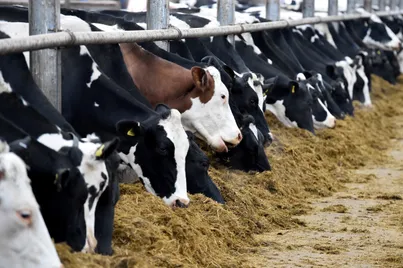
Skeptics raise questions
While companies focus on these goals, experts are doubtful companies will be able to meet them in their intended timeframe, given the significant and costly overhaul of global supply chains that would have to occur.
Some of the practices that fall under the umbrella of “regenerative agriculture” are questionable, said Jason Hill, an environmental expert and professor at the University of Minnesota. For one, the term itself has faced accusations of greenwashing from some activists because of its lack of a clear definition. There’s also the question of whether the farming methods reduce emissions as much as the industry claims.
“With reduced tillage of row crops, the jury’s still out on whether that results in carbon storage to the extent that it’s often held up to do so,” Hill said.
The meat and dairy sector is responsible for 14.5% of manmade emissions according to the Food and Agriculture Organization of the United Nations. The sector has come under specific scrutiny because of its production of methane, a greenhouse gas which is at least 300 times more potent than carbon dioxide according to the Environmental Protection Agency.
Sustainability investor group FAIRR, which tracks the emissions of livestock companies, said meat giant Tyson will not be able to reduce emissions 30% by 2030. This goal is outdated compared to its peers, FAIRR said, and emissions stemming from its operations have increased by 7% compared to its baseline target. Tyson said in a 2021 statement it aims to update the baseline of its emissions goal by the end of 2023.
In order to track emissions, many companies rely on third-party organizations to get an accurate picture of their carbon output.
Climate Trace, a nonprofit that tracks emissions for livestock companies, said it is challenging for companies to determine their progress toward emissions goals because there is a lack of accurate data sources to determine if they are succeeding. The nonprofit estimates emissions from farms by calculating the methane they produce — through cattle burps and manure, rice cultivation and application of synthetic fertilizers.
“The Environmental Protection Agency does not regulate or monitor greenhouse gas emissions from animal feedlots and in fact, does not even have a complete inventory of feedlots in the country,” said Lekha Sridhar, partnerships manager for Climate Trace. “We apply satellites, other remote sensing techniques, and artificial intelligence to deliver an independent look at global emissions and get as detailed as possible.”
Can policymakers and investors force the industry’s hand?
While CPGs indicate confidence in their own abilities to curb their emissions, sustainability groups do not think that is enough. These groups strongly advocate for U.S. lawmakers to regulate the carbon footprint of Big Food companies.
Senator Cory Booker, a Democrat from New Jersey, introduced a bill in 2021 that aims to reform the farm system to improve its sustainability.
Walsh said passing Booker’s bill is the number one thing Congress can do to both lower the industry’s emissions and add more structural security to the supply chain in times of crisis — especially with the factory farm system.
“Factory farms are creating a food system that is less sustainable and less resilient to various shocks in the supply chain,” Walsh said. “When you have massive agricultural entities and Big Food giants, one problem within those institutions can have repercussions around the world.”
FAIRR, with its investor network representing assets worth $70 trillion, believes its reporting of carbon emissions in supply chains can be used by investors to pressure companies to enact more robust emissions goals, said Thalia Vounaki, senior manager for research and engagements at FAIRR. “We've got that information, that data set is available for investors to then use as part of their individual engagements.”



